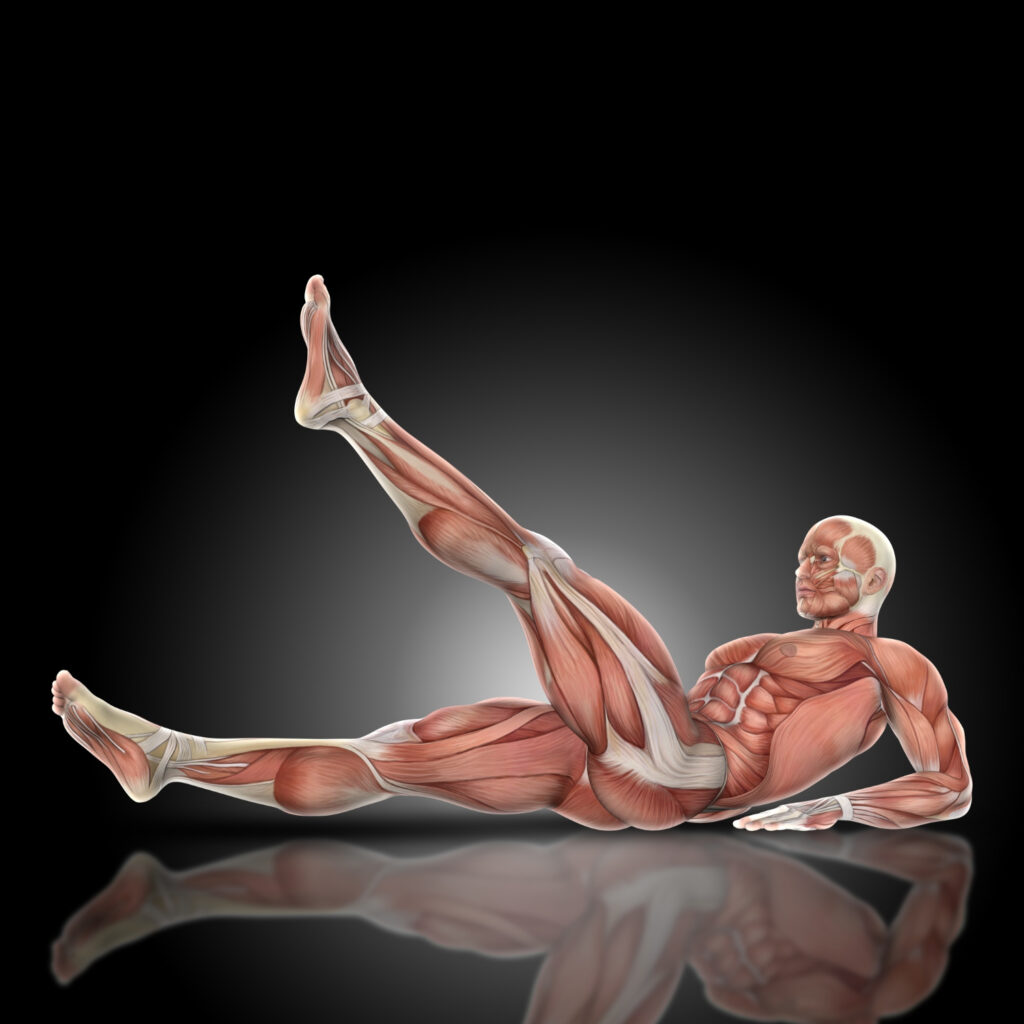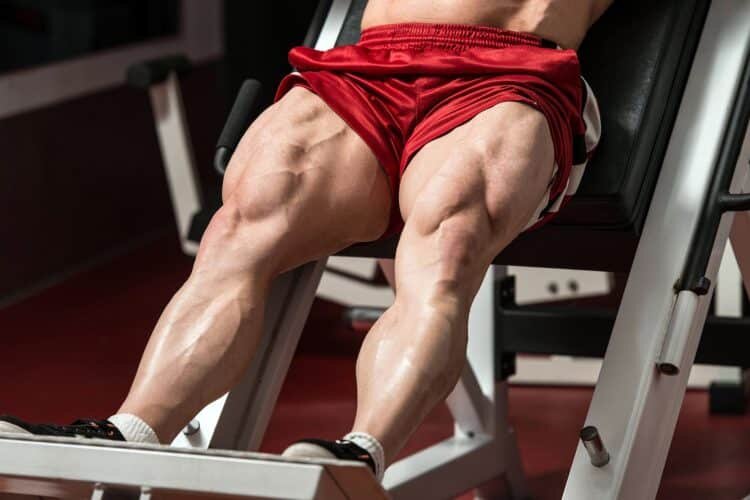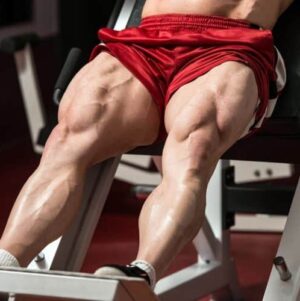This question is particularly crucial for those aiming to boost muscle mass, enhance physical strength, or burn excess fat. Let’s delve into this matter!
According to experts, testosterone plays a key role in achieving these goals. This hormone, renowned for its impact on masculinity, significantly contributes to muscle growth and fat burning. While many support their workouts with testosterone boosters, alternative strategies can be equally effective. These strategies include increasing the intake of beneficial fats, reducing sugar consumption, and ensuring an adequate amount of sleep.
However, the question remains: can exercises like squats, deadlifts, and bench presses truly elevate testosterone levels? Let’s explore this aspect.

Unveiling the Power of Testosterone: Hormonal Dynamics and Fitness Impact.
Testosterone is a hormone that directs the cells of the body to specific actions. Despite both men and women producing testosterone, men typically have levels about ten times higher than women. This hormone, also known as “testo,” plays a crucial role in shaping musculature and maintaining a lean physique.
Testosterone combines anabolic and androgenic properties, promoting muscle growth and the development of secondary male characteristics such as body hair, facial hair, a deep voice, and sexual desire. Testosterone levels peak between the ages of 25-29 and gradually decline thereafter.
Several factors can accelerate the decline in testosterone levels, including poor nutrition, excessive cardio workouts, smoking, testicular injuries, exposure to toxins, and excess weight. However, there are several proven strategies to maintain and increase testosterone levels: increasing the intake of healthy fats, ensuring adequate sleep, maintaining normal blood pressure, reducing sugar consumption, increasing the consumption of cruciferous vegetables, raising zinc levels, and getting sufficient vitamin D.

Moreover, exercises like squats and deadlifts are believed to contribute to increased testosterone production. However, whether this is genuinely the case or merely a myth, let’s scrutinize more closely.
Does Leg Training Contribute to Testosterone Production?
This question has long been associated with weightlifting, and research indicates that intensive full-body workouts contribute to increased testosterone levels in men of all ages and fitness levels (1).
Intensive exercises serve as a form of stress, and when confronted with a perceived threat, the body reacts by strengthening and increasing muscle mass. This is accompanied by an elevation in testosterone, IGF-1, and growth hormone levels, stimulating muscle protein synthesis for faster recovery and growth.
As adaptation to training occurs and strength improves, the intensity of workouts gradually increases, reflecting the principle of progressive overload.
Among all types of workouts, lower body training is arguably the most intense. After all, the legs constitute the largest and strongest muscles in the body, making lower body workouts particularly demanding.
Decoding Testosterone Dynamics: The Real Impact of Strength Training on Hormonal Surges.
Therefore, it is logical to assume that, with the increase in testosterone levels in response to intense strength training, leg training may lead to a more significant boost in testosterone production.
This hypothesis is supported by several studies noting an increase in testosterone levels after intensive lower body workouts (2).
However, it is crucial to note that the elevation in testosterone levels after intensive workouts, whether targeting the lower body or the entire body, is usually relatively small and short-lived. Testosterone levels typically return to baseline within a few hours.
Thus, despite the fact that leg training does contribute to an increase in testosterone production, this effect is relatively modest and short-term (3). Additionally, it’s not only leg training that raises testosterone levels; workouts targeting any major muscle group, such as chest or back, also have a similar impact.
This indicates that the increase in testosterone production after exercise plays an insignificant role in muscle mass building and strength gains, emphasizing the greater significance of baseline testosterone levels.
In other words, it’s not sufficient to elevate testosterone levels a few times a week. Instead, it is advisable to maintain them at an elevated level for as long as possible, making long-term testosterone level enhancement strategies more preferable.

How to Increase Testosterone Levels Through Strength Training
While intensive strength training, including leg exercises, can lead to an increase in testosterone levels, this elevation is usually relatively small and short-lived. However, this does not mean that one should not strive to enhance this effect.
Several strategies that can contribute to an increase in testosterone production as a result of training include:
- Heavy Weight Training: Utilizing weights that are 80% or more of your one-repetition maximum (1RM).
- Reaching Failure: Reaching the point of failure during training.
- Multiple Sets: Performing multiple sets, ranging from 3 to 6 in each exercise.
- Rest Between Exercises: Allowing a rest period of 60-90 seconds between exercises.
- Focusing on Major Muscle Groups: Emphasizing workouts for major muscle groups.
- Preference for Compound (Basic) Exercises: Prioritizing compound exercises.
- Limiting Workout Duration: Restricting workout duration to 90 minutes or less to avoid excessive cortisol elevation, which can contribute to early testosterone reduction.
It is essential to note that leg training is not a magic method for significantly boosting testosterone levels. Surges in testosterone after such workouts are minor and short-lived. The baseline testosterone level plays a much more crucial role than the temporary fluctuations induced by physical activity.
Instead of worrying about short-term changes in testosterone levels in response to workouts, it is more practical to focus on how to achieve a long-term increase in overall testosterone production. Combining a clear workout plan with proper nutrition and adequate sleep will have a much more significant impact on your progress in gaining muscle mass and increasing strength than the short-term changes in testosterone levels caused by strength training.
Used Literature:
- PubMed: “The influence of progressive resistance training on growth hormone and testosterone levels in young and elderly individuals.”
- PubMed: “Endocrine system response to high-intensity squats performed with constant movement tempo and variable training volume.”
- European Journal of Applied Physiology and Occupational Physiology: “A comparison of serum testosterone and androstenedione responses to heavy resistance exercise in men and women.”


